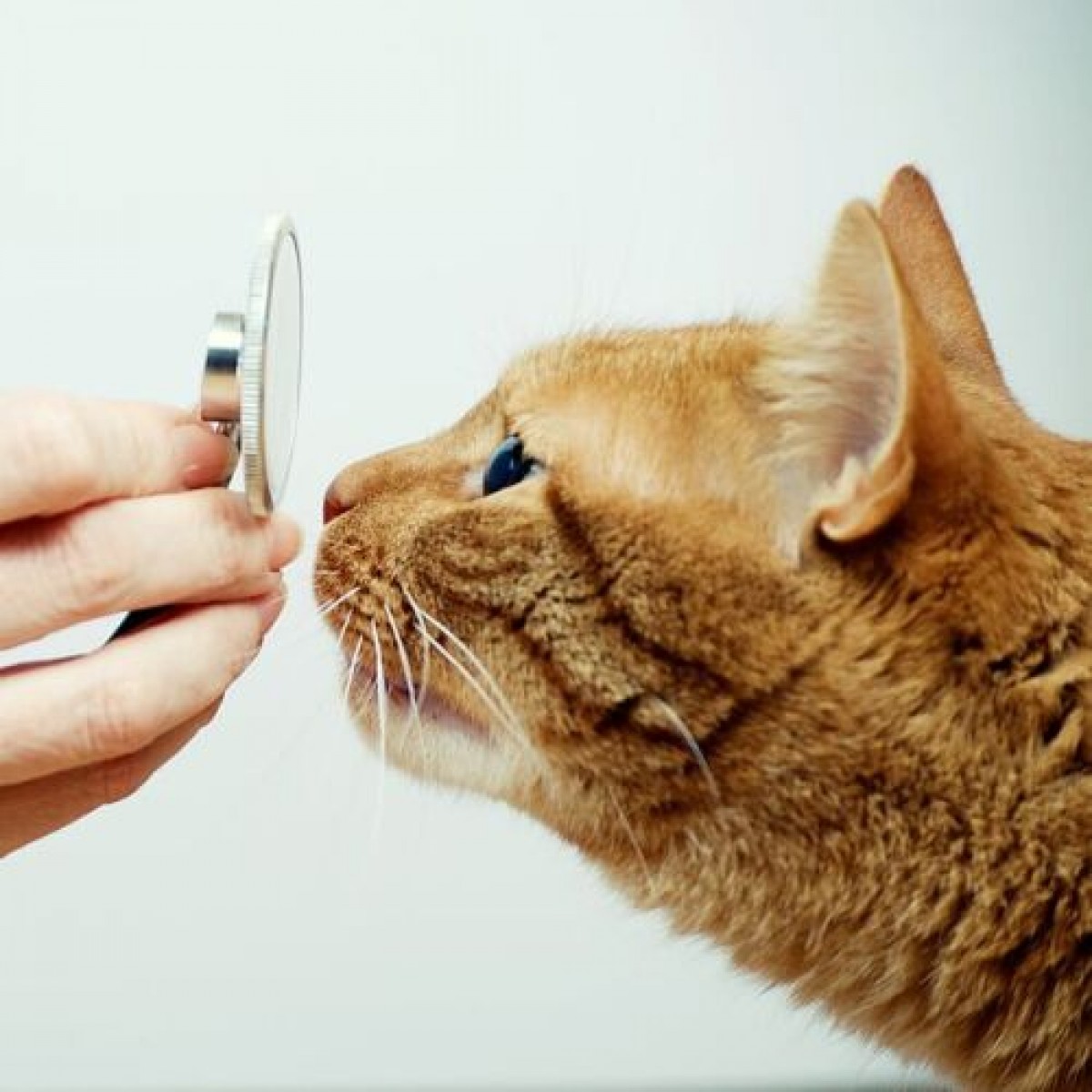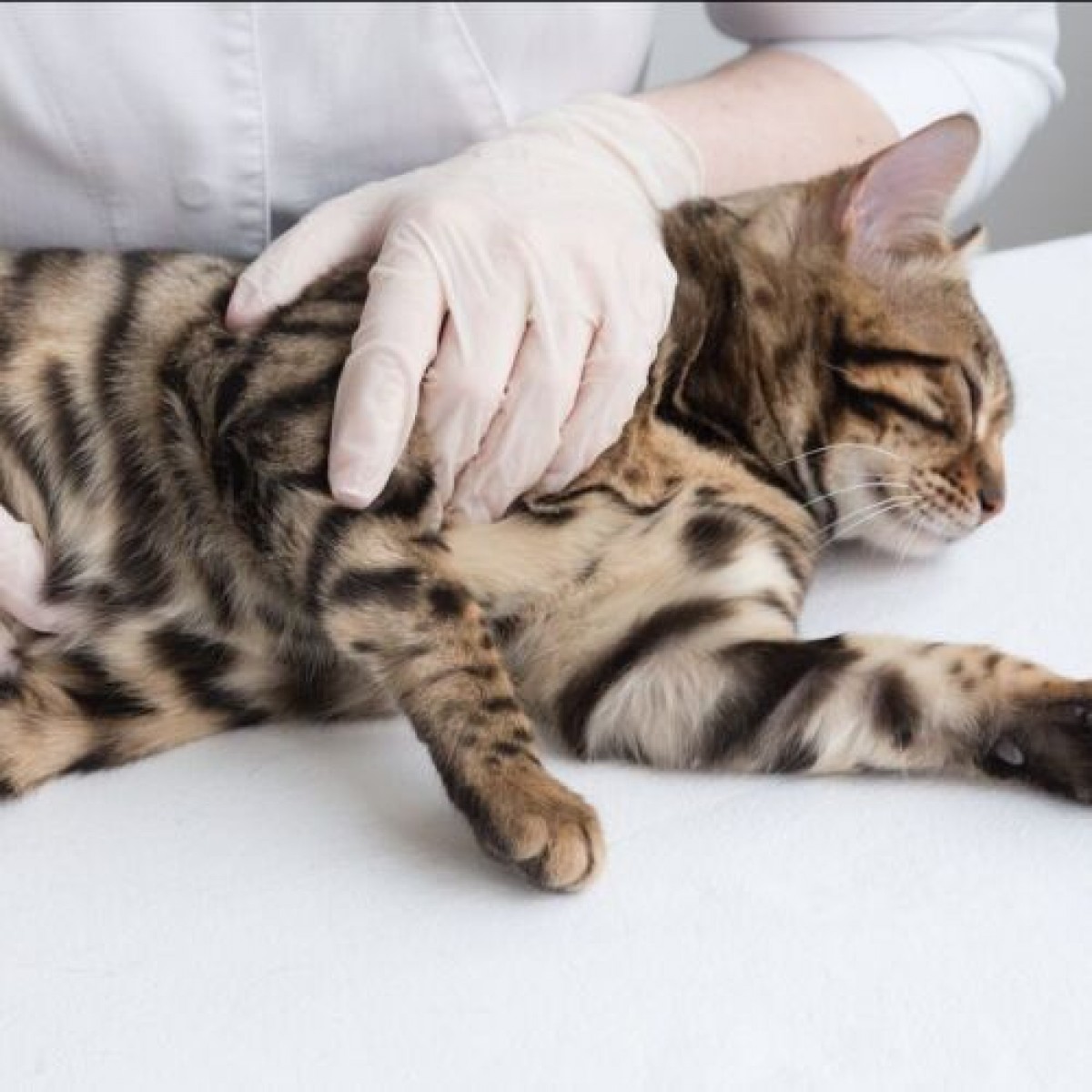Risk factors for sleep-disordered breathing in dogs
Brachycephalic dogs display sleep-disordered breathing (SDB). The risk factors for SDB remain unknown. This prospective observational cross-sectional study aimed to identify risk factors for SDB. The authors hypothesized that brachycephaly, increasing severity of brachycephalic obstructive airway syndrome (BOAS), excess weight, and aging predispose to SDB.
The primary outcome measure was the obstructive respiratory event index (OREI). Body condition score (BCS) was assessed, and BOAS severity was graded for brachycephalic dogs.
Sixty-three privately owned pet dogs were recruited: 28 brachycephalic and 35 normocephalic (mesaticephalic or dolicocephalic) dogs. Brachycephaly was a significant risk factor for high OREI value (ratio of the geometric means 5.6, 95% confidence interval [CI] 3.2-9.9; P < .001) but aging was not (1.1, 95% CI 1.0-1.2; P = .2). Excess weight, defined as a BCS of over 5/9, (3.5, 95% CI 1.8-6.7; P < .001) was a significant risk factor. In brachycephalic dogs, BOAS-positive class (moderate or severe BOAS signs) was a significant risk factor (2.5, 95% CI 1.1-5.6; P = .03).
Brachycephaly decreases welfare in a multitude of ways, including disrupting sleep. Brachycephaly, increasing severity of BOAS and excess weight are risk factors for obstructive SDB.
“Evaluation of risk factors for sleep-disordered breathing in dogs”. Iida Niinikoski, et al. J Vet Intern Med. 2024 Feb 15. doi: 10.1111/jvim.17019.
Source: https://onlinelibrary.wiley.com/doi/full/10.1111/jvim.17019














List
Add
Please enter a comment